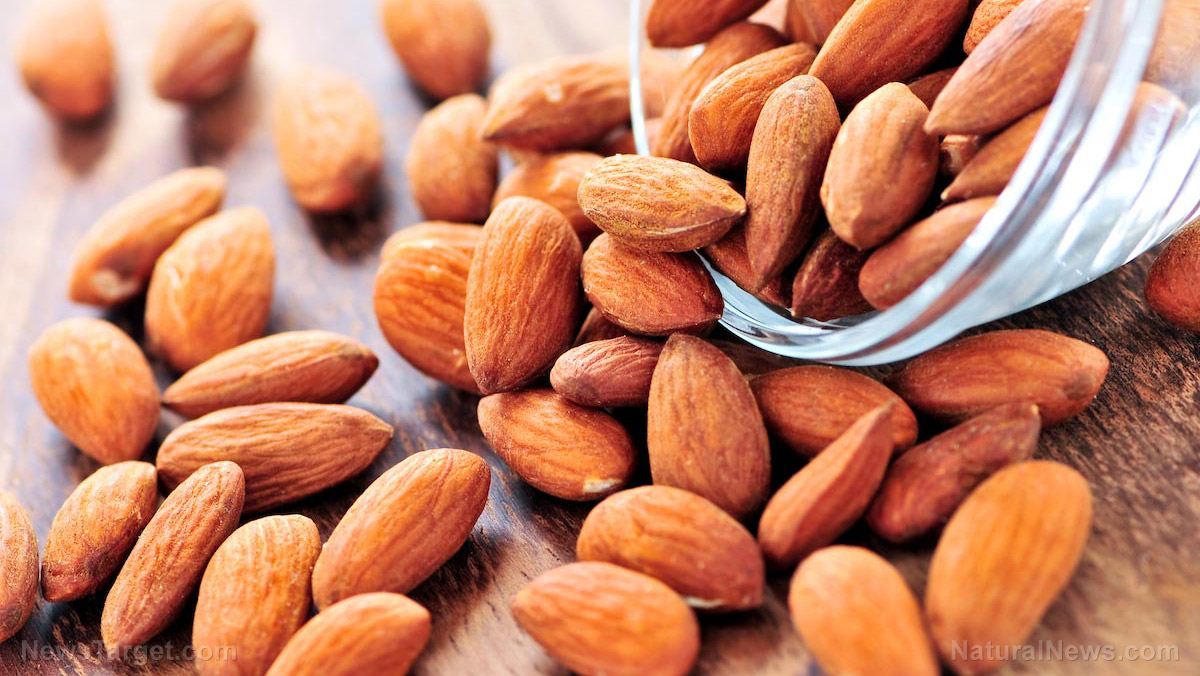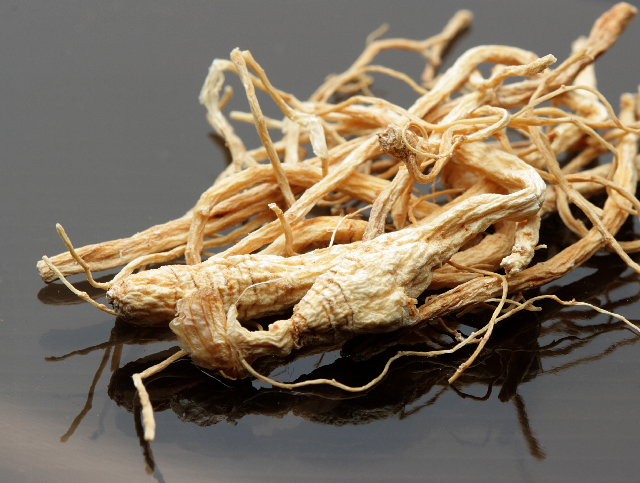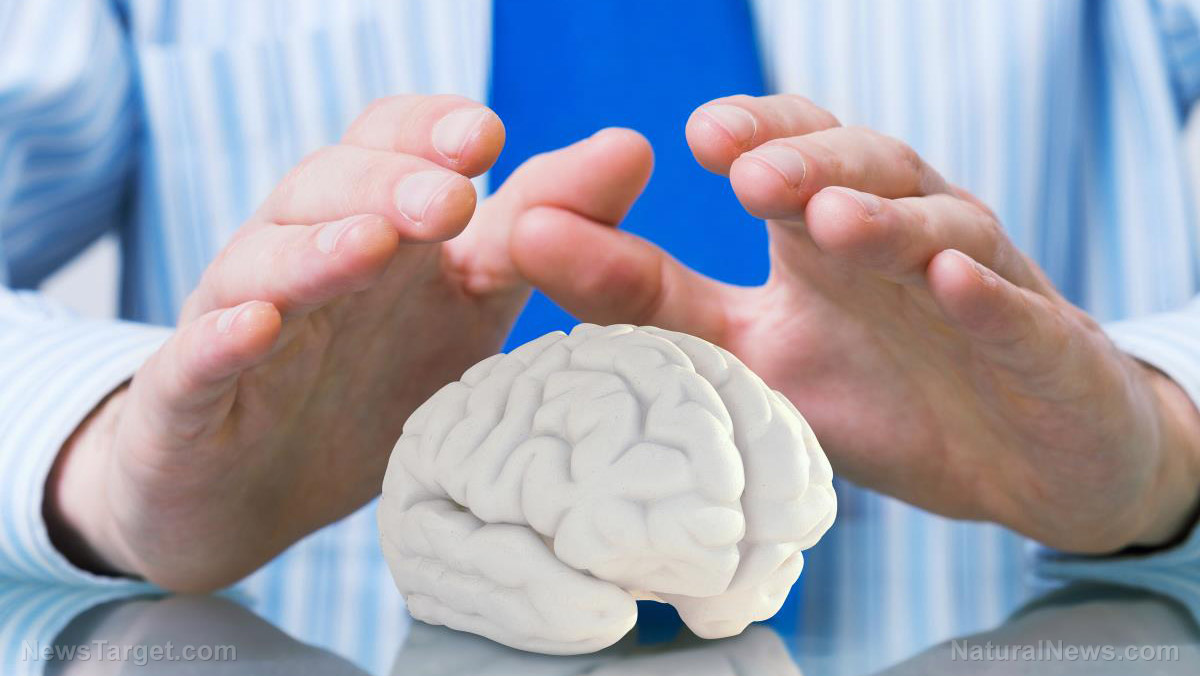Barrie Cassileth explores the complex world of alternative medicine
06/17/2025 / By Kevin Hughes

- The demand for holistic and natural health approaches is rising, with Barrie Cassileth’s “Alternative Medicine Handbook” serving as a balanced guide to navigating these therapies.
- “Alternative” refers to therapies replacing conventional medicine, while “complementary” means therapies used alongside it – highlighting risks of substituting unproven treatments for serious conditions.
- While emotional health impacts physical well-being, the book cautions against overestimating the mind’s power to cure diseases, emphasizing the need for scientific validation over anecdotal evidence.
- The book evaluates various therapies such as acupuncture (supported for pain/nausea relief but mechanisms unclear); Ayurveda/TCM (holistic but lack rigorous evidence for serious conditions); homeopathy/naturopathy (popular but scientifically unproven, delays in conventional care can be risky); and meditation/biofeedback (proven benefits for stress/anxiety).
- The handbook advocates evidence-based choices, urging collaboration with healthcare professionals and a balanced integration of alternative and conventional medicine.
In an era where health-conscious individuals are increasingly seeking diverse paths to wellness, the realm of alternative and complementary medicine has gained significant traction. Barrie R. Cassileth’s “The Alternative Medicine Handbook: The Complete Reference Guide to Alternative and Complementary Therapies” serves as an essential roadmap for navigating this intricate landscape.
The book offers a balanced exploration of various therapies, providing readers with the knowledge to make informed decisions about their health care. It begins by clarifying the terms “alternative” and “complementary,” often used interchangeably.
Both words carry distinct meanings. In the United States, “alternative” typically refers to therapies used in place of mainstream medical treatments, while “complementary” denotes therapies used alongside conventional medicine.
This distinction is crucial, as it highlights the potential risks of substituting unproven therapies for evidence-based treatments, especially in cases of serious illness. For instance, while aromatherapy can be a pleasant addition to relaxation practices, relying on it to cure diseases could lead to harmful delays in necessary medical interventions.
Cassileth’s book delves into the intricate relationship between mental and physical health. It acknowledges the influence of emotional states on physical well-being but also warns against overestimating the power of the mind to control health outcomes. While positive thinking can contribute to overall wellness, it cannot alter genetic predispositions or cure diseases on its own.
The book emphasizes the importance of scientific research in validating the effectiveness of various therapies, highlighting that anecdotal evidence is insufficient to prove a treatment’s efficacy. It provides an in-depth analysis of several alternative and complementary therapies, offering insights into their origins, applications and scientific backing.
Acupuncture, an ancient Chinese practice, involves inserting thin needles into specific body points. Modern research supports its use primarily for pain relief and managing symptoms like nausea and vomiting. However, the mechanisms behind its effectiveness remain a subject of ongoing study.
Ayurvedic medicine, one of the world’s oldest healing systems, focuses on balancing physical, emotional and spiritual health through diet, herbs, yoga and meditation. While it offers a holistic approach to wellness, the book advises caution in relying on it for serious medical conditions due to the lack of rigorous scientific evidence.
Traditional Chinese medicine (TCM) encompasses a range of practices, including acupuncture, herbal remedies and qigong. While some aspects, like acupuncture for pain relief, have gained scientific support, others such as the existence of meridians remain unproven.
Homeopathy, developed in the late 18th century, is based on the principle of “like cures like” and the use of highly diluted substances. Despite its popularity, the book underscores the lack of scientific evidence supporting its effectiveness and warns of potential risks associated with delaying appropriate medical treatment.
Naturopathic medicine combines modern medical knowledge with natural therapies like botanical medicine, nutrition and acupuncture. While it emphasizes the body’s natural healing abilities and preventive care, the book cautions that many naturopathic remedies lack scientific validation.
The book also explores a variety of other therapies, including:
- Fasting and juice therapies: While fasting has historical and spiritual significance, its health benefits are not supported by scientific evidence and can be harmful, particularly for those with chronic illnesses.
- Flower remedies: These remedies, based on the idea that emotional imbalances cause physical illness, may offer a placebo effect but lack scientific evidence for curing disease.
- Kirlian photography: This technique claims to diagnose illness by capturing “auras” on photographic plates. However, it lacks scientific credibility and should not replace conventional diagnostic methods.
- Meditation: With ancient roots, meditation has been shown to reduce stress, improve emotional well-being and enhance immune function, making it a valuable tool for stress management and personal growth.
- Biofeedback: This technique uses monitoring equipment to help individuals gain control over involuntary physiological functions. Research supports its effectiveness in treating conditions like anxiety, hypertension and chronic pain.
- Hypnosis: A state of focused attention, hypnosis can reduce pain, alleviate anxiety and aid in habit control. While it is not a cure-all, it has documented benefits when used as a complementary therapy.
- Imagery and visualization: These techniques involve using the imagination to promote relaxation and healing. While they can enhance well-being, there is no scientific evidence supporting their ability to cure disease.
- Qigong: A traditional Chinese practice involving movement, breathing and meditation, qigong is believed to balance qi and improve health. While it can enhance relaxation and well-being, its ability to cure disease remains unproven.
“The Alternative Medicine Handbook” is a comprehensive guide that empowers readers to explore alternative and complementary therapies with a critical eye. It underscores the importance of evidence-based decision-making, encouraging individuals to consult qualified health professionals and weigh the potential benefits and risks of various treatments.
While some therapies offer promising benefits, others lack scientific support and may pose risks. Ultimately, the book advocates for an informed and balanced approach to health care, promoting a synergy between traditional and alternative practices.
Watch this video about Barrie R. Cassileth’s book “The Alternative Medicine Handbook: The Complete Reference Guide to Alternative and Complementary Therapies.”
This video is from the BrightLearn channel on Brighteon.com.
Sources include:
Submit a correction >>
Tagged Under:
#nutrition, acupuncture, alternative medicine, Ayurveda, Ayurvedic medicine, Barrie R. Cassileth, biofeedback, botanical medicine, Chinese medicine, complementary medicine, conventional medicine, Cures, fasting, healing, Homeopathy, hypnosis, Kirlian Photography, medical treatments, Meditation, naturopathic medicine, Naturopathy, qigong, scientific research, TCM, traditional Chinese medicine
This article may contain statements that reflect the opinion of the author





















